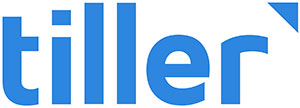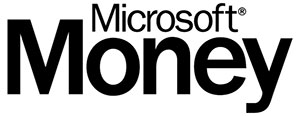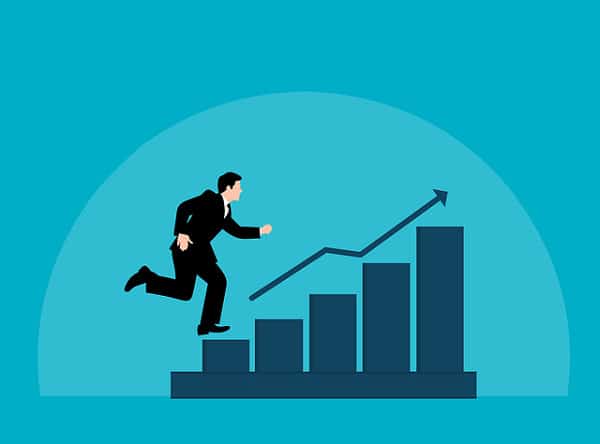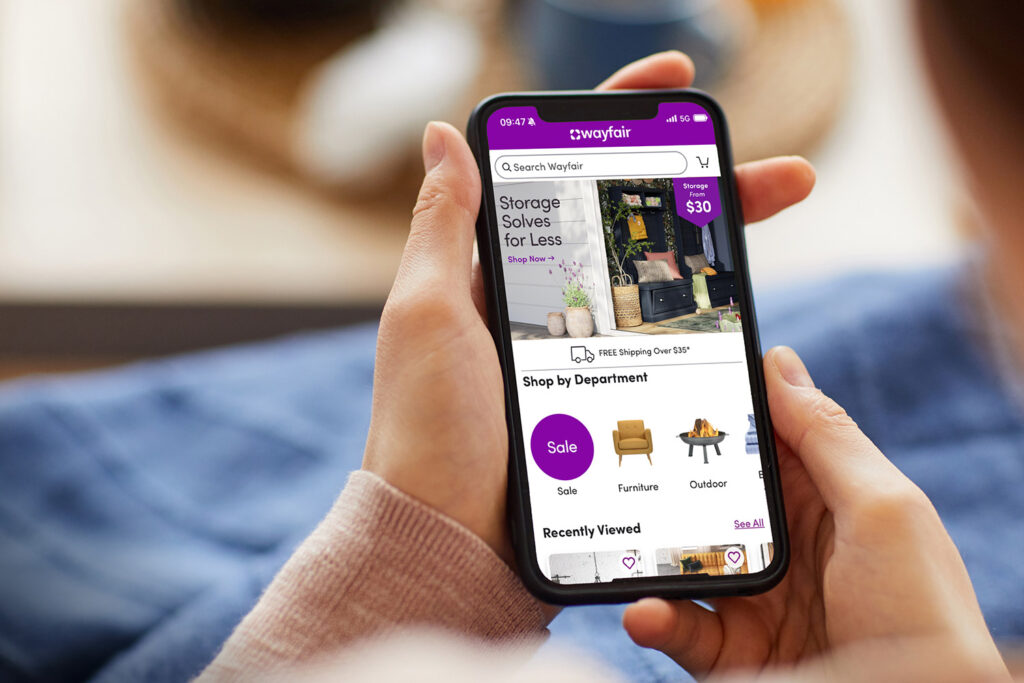Personal finance is the art and science of managing your money – how much you earn, how much you spend, and how much you save. While you may think this is something that you can juggle around in your head, most people find it much easier to manage if they use personal finance software.
Best Personal Finance Software in 2025
- Tiller Money
- Credit Karma
- Microsoft Money
- Empower (formerly Personal Capital)
- Quicken
- Mint
- YNAB
- EveryDollar
Just a few decades ago, people would balance a checkbook by writing down all their transactions as cash or check, and adding up the amount for a monthly total they would compare against their bank statement. You might even have parents or grandparents who still keep a checkbook, but with the advent of online banking, that practice is no longer necessary.
For all transactions made with a credit card, debit card, or ACH withdrawal, your bank will list the transaction, date, and amount. By opening up your bank’s app on your phone, you can get a quick purview of how much money you’ve made, how much you’ve spent, and how much is left.
This still isn’t enough really to assist you in the realm of personal finance. Keep in mind that personal finance is not just about seeing these numbers on paper or on a screen. It’s also about the art and science of managing your money.
Knowing what practical steps to take based on your spending habits can help you make changes so you can meet your short-term and long-term financial goals. This process can be difficult to navigate off the top of your head. For instance, when faced with a simple daily transaction like purchasing a mocha latte, are you really able to consider how that single transaction plays into the story of saving and investing your money? Probably not, and this is where financial software can help.
What Is Personal Finance Software?
Personal finance software are apps that can help you with tasks like budgeting, tracking your expenses, saving, and meeting financial goals. The end goal of all these tasks is to make your life easier and better. Today, all the software that’s used for money management makes everything automated or nearly automated. The only thing that’s left for you to do is stay disciplined and consistently implement the recommendations made by the software.
How Much Does Personal Finance Software Cost?
Some personal finance software is free. Others cost anywhere from a few dollars per month to around $60 or more monthly. Most of this software is based on a subscription model, so you pay a monthly fee but may get a discount if you sign up for a year. Fortunately, we are talking about consumer-facing applications, not business applications. Budgeting and financial planning software for businesses can cost thousands of dollars. For your own expense tracking and budgeting, much less expensive software and apps will suffice.
Best Personal Finance Software in 2025
Tiller Money

If you find spreadsheets helpful for managing information, you’ll enjoy Tiller, which is a top rated app for spreadsheet management. Tiller has a free trial available, and paid subscriptions are less than $7 per month. You can choose from a variety of templates and layouts.
Tiller will send you daily emails summarizing your spending habits and balances in your various accounts. One downside to Tiller is that it might be too complicated for users who do not find spreadsheets to be a simple and easy way of organizing information.
Credit Karma

One important aspect of personal finance is your credit score, which reflects how you’ve used credit and your credit history. It shows how much you borrow, how quickly you pay it back, and if you’ve missed any payments or defaulted on any loans.
Credit Karma is free for users. If you’re wondering how they get paid, they will recommend lenders and financial products and collect advertising fees. Credit Karma is a very useful tool for checking up on your credit score from credit unions like Equifax and Transunion. In recent years they have also offered consumers identity theft monitoring and protection, along with a patented Credit Score Simulator, which will show you the potential effect of your borrowing activity on your score.
Microsoft Money

Microsoft Money is now discontinued, but the Microsoft 365 has a premium template in Microsoft Excel called “Money in Excel.” This dynamic tool allows Microsoft Users to integrate their bank accounts, savings accounts, and credit balances (mortgage, credit cards, auto loans, student loans, etc.) into one simple spreadsheet. It will also translate this information into a report with charts and graphs to help you analyze your spending.
The Money in Excel template cannot be purchased by itself but needs to be purchased with the Microsoft365 Personal Software package, which also includes programs like Word and some storage drive space. These packages generally start at around $70 per year for a single user and $90 for a family (that is, for use on multiple devices). One drawback to the Microsoft iteration of financial software is that spreadsheets and graph-heavy reports are not for everyone. Some users may find it overly complicated.
Empower (formerly Personal Capital)

Empower financial tools are all about your complete financial picture. You’ll be able to see your multiple accounts like bank accounts, mortgage, credit accounts, and investment accounts on the same page to get a sense of your overall financial picture.
Formerly known as Personal Capital, Empower' services go beyond accounting and trend spotting. Financial tools include a wealth management app where you can get guidance about investing for the future. If you have a balance of over $100,000 in the accounts that are linked to Empower and its extensive financial reporting dashboard, you can get personalized financial advice but it will cost you an advising fee, starting at 0.89% and increasing tier by tier. Empower can help realize another goal of personal finance, which is not just how you spend money now, but how you prepare for the future.
Quicken

Quicken is one of the grandfathers of financial software and has been around for almost 40 years. They have continually updated and refined their product so they can offer consumers a holistic approach to money management.
Quicken costs about $36 per year to use and has many features, one of which is Bill Pay, which can be used to set up automated bill payments right from the software. You can use Quicken to do budgeting, track debt, stay in line with savings plans, and meet personal financial goals. A drawback to Quicken is that it might have too many bells and whistles for consumers looking for a simple interface.
Mint

Mint is a free budgeting and money management tool offered by software financial company Intuit. Mint can integrate with your bank accounts and credit cards to analyze spending habits and make tailored recommendations.
Mint can also help you set up alerts about upcoming payment due dates so you stay on track with your expenses. One of the most useful tools in the Mint App is the ability to set up budgeting and spending categories, so you know how much you can spend on different things like food and going out. The layout of Mint is very simplified and user-friendly, so it’s easy to see why it’s growing as a personal finance app. One downside of Mint is that it does not have any kind of investing component.
YNAB

You Need a Budget (YNAB) goes beyond merely offering tools for money management and offers some actual guidance and education around the topic. Subscriptions start at $15 per month, but as mentioned you are getting a lot more than spreadsheets and snapshots.
YNAB will take your spending habits and offer you tailored lessons about navigating personal finance in areas that might be difficult for you. This makes it a great app for people who wish to learn more about personal finance. Drawbacks include a somewhat steeper subscription fee and the fact that it does not come with an investment component.
EveryDollar

EveryDollar is a free budgeting software that has been endorsed by personal finance guru Dave Ramsey. This budgeting tool will help you reach a particular financial goal called zero-based budgeting, where all your expenses (including investment contributions such as money to a savings account or retirement account) balance out against your income to zero.
For someone learning how to get out of debt, this particular budgeting app is a real gem. There is an upgraded version of the financial app for members of Ramsey+, which connects to your bank account and pulls real-time financial data like your spending.
One of the drawbacks to EveryDollar is that the free plan does not automatically integrate with your bank account, so in terms of accounting software for monitoring transactions, it involves some more proactivity than some of the other best budgeting apps. However, for many users, this forces them into an extra degree of accountability. For those who are enrolled in Dave Ramsey’s program, this free personal finance tool does become more automated and even easier to use.
How To Choose the Best Personal Finance Software
As you might see from the above list of personal finance software, many of them have similar features. It can take extra research to discover the different services and options. Some of these apps have a forward-thinking investment component, while others focus on analyzing the immediate trends of how you spend money.
Some finance programs focus more on spreadsheets, while others present a more simplified layout that can fit on a phone screen. Whatever the case may be, a lot of it may just come down to the look of the app and what is more visually appealing to you. Remember that these apps are supposed to be financial tools to assess your financial accounts and make better decisions around money. Whatever helps you do that in the best way is probably the best personal finance tool for you.
There are lots of free personal finance software options out there, but many of them will have subscription fees to access a greater range of services. Some of them may require you to manually enter your spending and income, whereas upgrading them will allow you to automate the service, making it even easier. Play around with the apps on your phone or computer and see which one is the most appealing to you in terms of user interface, presentation, and how easy it makes budgeting and keeping track of expenses.
Once you find some personal finance software that resonates with your tastes and preferences, you’ll understand the different types of personal budgets and what works best for you. Remember that budgeting is not about imprisoning yourself in a miserable lifestyle. Budgeting is about making sure you spend within your means so your life will be better in the bigger picture. With more money saved for the future, you can rely a lot less on credit and be better positioned to make financial decisions regarding important life goals.






